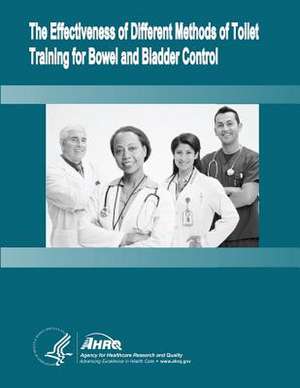The Effectiveness of Different Methods of Toilet Training for Bowel and Bladder Control
Autor U. S. Department of Heal Human Services, Agency for Healthcare Resea And Qualityen Limba Engleză Paperback
Preț: 154.13 lei
Preț vechi: 162.25 lei
-5% Nou
Puncte Express: 231
Preț estimativ în valută:
29.50€ • 30.68$ • 24.35£
29.50€ • 30.68$ • 24.35£
Carte disponibilă
Livrare economică 22 martie-05 aprilie
Preluare comenzi: 021 569.72.76
Specificații
ISBN-13: 9781499512984
ISBN-10: 1499512988
Pagini: 184
Dimensiuni: 216 x 279 x 10 mm
Greutate: 0.44 kg
Editura: CREATESPACE
ISBN-10: 1499512988
Pagini: 184
Dimensiuni: 216 x 279 x 10 mm
Greutate: 0.44 kg
Editura: CREATESPACE
